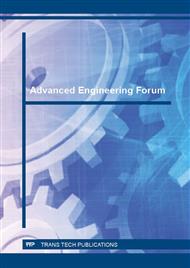p.7
p.16
p.24
p.33
p.52
p.69
p.82
p.91
p.104
Investigation of Variation in the Performance of an Electro Thermal Thruster with Aerospike Nozzle
Abstract:
One of the most recently developed modes of propulsion is electric propulsion. The commonly used chemical propulsion systems have the advantage of a high Specific Impulse as compared to that of ion propulsion systems. However, owing to the efficacy of ion propulsion systems, it is considered the future of space exploration.Electro thermal thrusters produce thrust by using electrical fields to force hot plasma out of the nozzle with certain exit velocity. The plasma’s exit velocity and the system’s thrust capacity, as of now, are insufficient for space travel to be conducted within a reasonable time. I intend to study the possibility of improving the thruster’s performance by using an aerospike nozzle as an exit nozzle which meets the conditions required for the thruster to function appropriately. I shall be studying the plasma plume exit velocity variation with respect to the nozzles used. Also, a thermal analysis will be conducted in order to find the correct material for the nozzle.
Info:
Periodical:
Pages:
91-103
Citation:
Online since:
April 2016
Authors:
Keywords:
Price:
Сopyright:
© 2016 Trans Tech Publications Ltd. All Rights Reserved
Share:
Citation:


